“Lone Ranger” is the sole survivor of a century-old Texas fraud scheme
In the nefarious business of cons, you might think that creating a phony car company to swindle people, even going so far as to build about 60 real cars, would be a lot more work than, say, selling nonexistent Florida real estate. Building cars is expensive and difficult. Just ask Preston Tucker, Malcolm Bricklin, and John DeLorean. (Well, you can only ask Bricklin, but you get the point.)
Pulling such a scam must have been easier before the information age, as in 1974 when enigmatic fraudster Liz Carmichael (the fugitive counterfeiter formerly known as Jerry Dean Michael) bilked investors out of $6M for an imaginary three-wheeled wonder car called the Dale. Imagine, then, how easy it might have been to toss an automotive fraud scheme into a pool of hungry cash-fat sharks in 1920, when each year welcomed several new carmakers while bidding farewell to others.
That year alone, at least 40 new makes entered the arena, with names like Adelphia, Economy-Vogue, Kenworthy, and Wasp. Two others, Alsace and Lorrain, were separate companies with no French connection. Duesenberg became the best known from the class of ’20, and pretty much the only one anyone remembers.
Along came a Ranger

Into that fray emerged the Ranger, from Texas. Just 60 or so Rangers exited some semblance of a Houston factory before bankruptcy took the firm under. Most carmakers from that period failed and disappeared quickly, so Ranger’s demise would not have been an unusual occurrence. Ranger, though, managed to drain $6 million from investors (around $90 million in 2022 dollars) in a scheme that saw the company’s president and 13 associates indicted for stock fraud in 1924.
Coincidentally, Preston Tucker would raise $6 million from dealers for his futuristic car two decades later. Tucker’s operation made 50 cars before he faced a trial on fraud and conspiracy charges. The court ultimately acquitted Tucker, but the experience crushed him. (Maybe $6 million is a cursed sum of cash.)
Ranger disappeared without the tragedy of Tucker, the game show fame of Dale, or the cocaine sting operation that stung DeLorean. All that appears to be left today is one single survivor that recently turned up on the British auction site, Car & Classic.
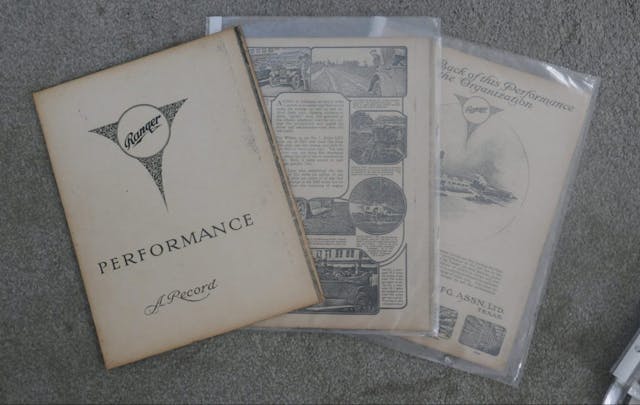
Yes, this is, quite literally, the lone Ranger.
The auction listing indicates that the car had been restored decades ago by former owners, Vida’s Vintage Vehicles, an apparently defunct classic car museum. The Ranger has deteriorated to the point of needing a complete restoration once again. Otherwise, it looks pretty good considering it’s the product of a fraud scheme.
An invitation to fraud

Just as people are quite willing to invest in “the next Tesla” today, 1920s investors were keen to “get in on the ground floor” for what could be the next Ford Motor Company or General Motors. In the September 26, 1920 edition of The Houston Post, the officious-sounding Southern Motors Manufacturing Association (SMMA) proffered such an opportunity. The new company, started a few years prior, announced plans to build cars, trucks, tractors and trailers under the Ranger brand in a sprawling 343,000 square-foot factory built on 52 acres in the city’s northeast corner.
The “Ranger” name was an appeal to tout the car’s home-grown Texas roots. Ornate brochures and a Houston showroom enticed potential investors with renderings of the new plant. Functioning cars helped seal the deal for many. That was more than Dale could muster half a century later, and unlike Dale’s pitch to build a cheap commuter car, SMMA was going right for the big money with luxury-priced Rangers.
The Ranger stable

SMMA initially announced two Ranger models, both tagged “A-20.” The first was the touring car you see here, built on a 116-inch wheelbase. The company claimed its 31-horsepower four-cylinder engine was specially designed to handle the hot Texas climate. Marketing literature boasted that prototypes endured a 35,000-mile road test. As for “the lone Ranger,” the auction car’s engine is believed original but has a hole in its block—a nice little project for the next owner to tackle.
The A-20 tourer originally came in two colors: Ranger Maroon or Blevins Blue, the latter named for company president, Jacques E. Blevins. With either color, contrasting black fenders gave an upscale two-tone look. The auction car is painted beige, which was likely done when it was restored many years ago. The auction’s description of the Ranger suggests it was a decently engineered and built car.
The touring car’s $1850 price was a heady sum in 1920, when a Ford Model T touring car went for $525. Shareholders reportedly bought most of the early cars. Ranger also promised a roadster model called the Pal O’ Mine, priced at $1595. Perhaps to stoke the highbrows, a lofty advertisement for this bit of vaporware on wheels quoted a passage from Rudyard Kipling’s poem, “The Gipsy Trail,” followed by poetry of a different kind. That is to say, a copywriter’s puffery typical for the era:
“Pal O’ Mine was built for youth – the heart that is young forever. Frankly made for the lover of the open, with an eye to snap, its daring beauty and fleetness suggested in every line is an esthetic delight, and behind that rakish windshield the feel of this car’s velvety, giant power awakens a genuine thrill.”
Not satisfied with baiting investors with merely two models, Ranger announced a third, a larger touring car built on a 123-inch wheelbase. Reaching for the stars, SMMA claimed the car would have a 57-horsepower inline-six and be priced at $3550—Cadillac and Hudson territory. Perhaps the venture/scam managers thought offering luxury models would make them appear more serious than if trying to compete with the proletarian Model T.
Ranger danger

SMMA projected an air of respectability, thanks in large part to the company president’s stature in the community. Before setting up SMMA, Blevins had been secretary of the American Fire Insurance Association and vice president of the Breckenridge State Bank and Trust Co. of Breckenridge, Texas. Involvement in Houston civic organizations also raised his good-guy profile.
The façade surely came in handy at the meet-and-greets held in the showroom and in the “factory” on Wallisville Road, a major thoroughfare through the city today. Prosecutors charged that the company’s hucksters entertained shareholders at both locations. They moved the same small group of cars back and forth to give the impression of steady production.
It is believed some production had continued through bankruptcy and that remaining Rangers were sold in 1923 as part of the company’s liquidation. (You can find some of the old stock certificates on eBay, if you’re so inclined.)
The lone Ranger rides off

While it is surely not the only sole remaining car from a long-dead automaker, the last surviving Ranger carries the stigma (or salaciousness) of its association with an elaborate, public fraud. Those more willing to offer benefit of the doubt might wonder: did the Ranger venture start out with honest intentions and then go askew when the realities of the car business overtook it? And if it was all a scam from the start, what did Blevins and his co-conspirators plan to do when the house of cards collapsed?
If only the “lone Ranger” could talk. The stories it could tell would make for sizzling Hollywood fodder.
Check out the Hagerty Media homepage so you don’t miss a single story, or better yet, bookmark us.
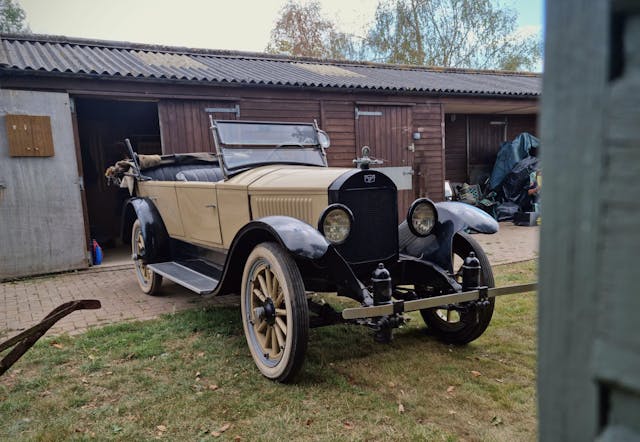
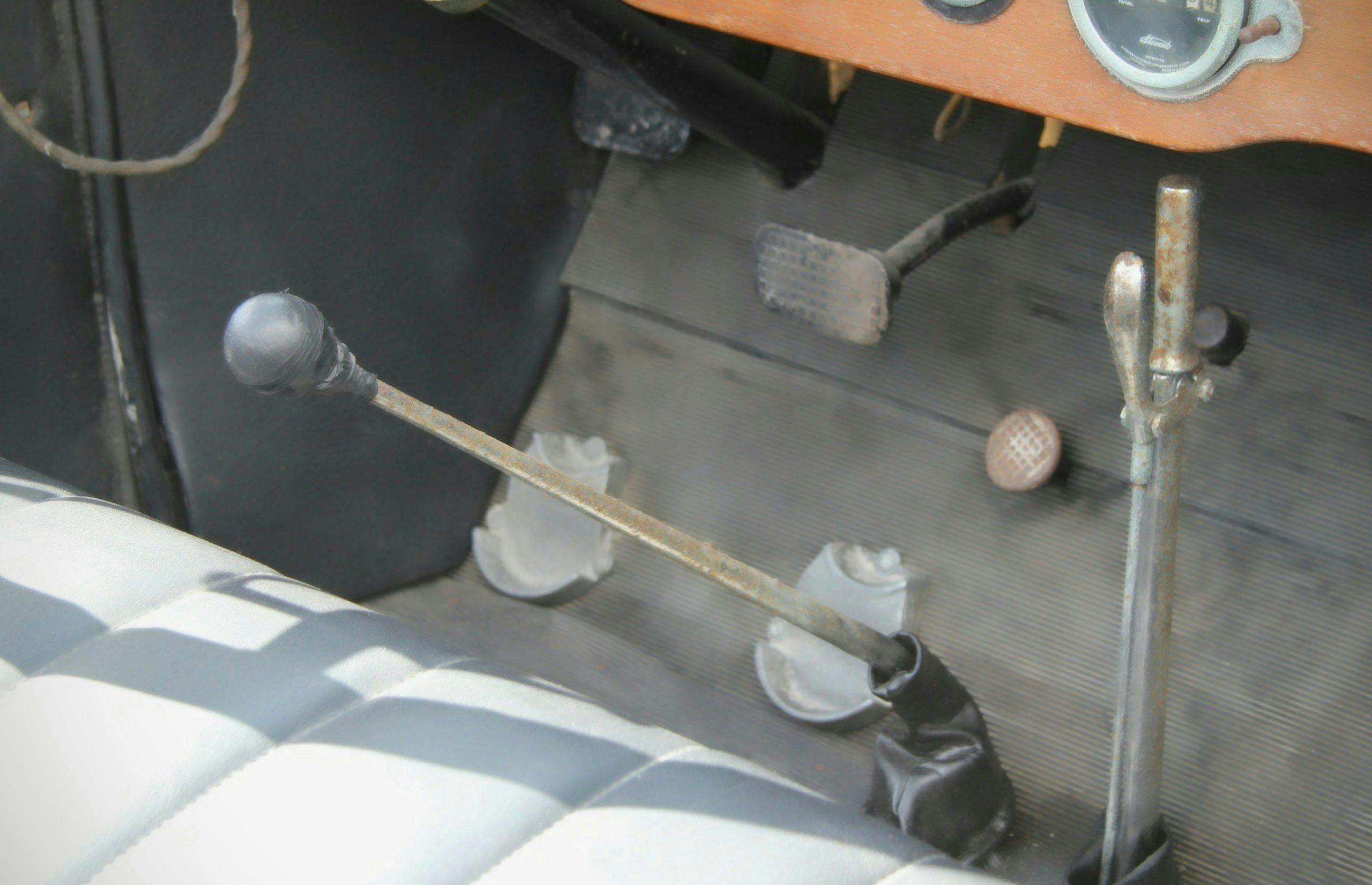
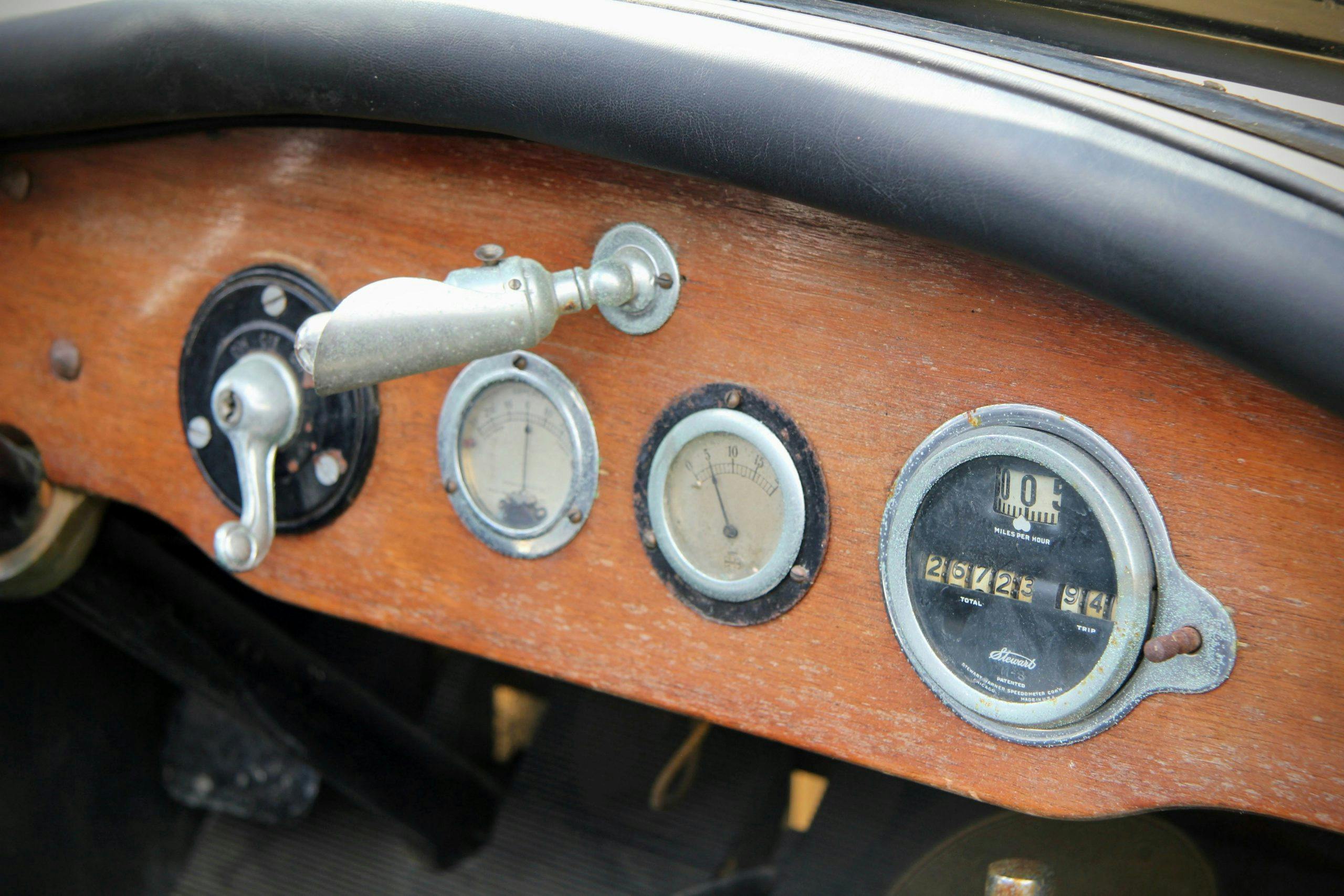
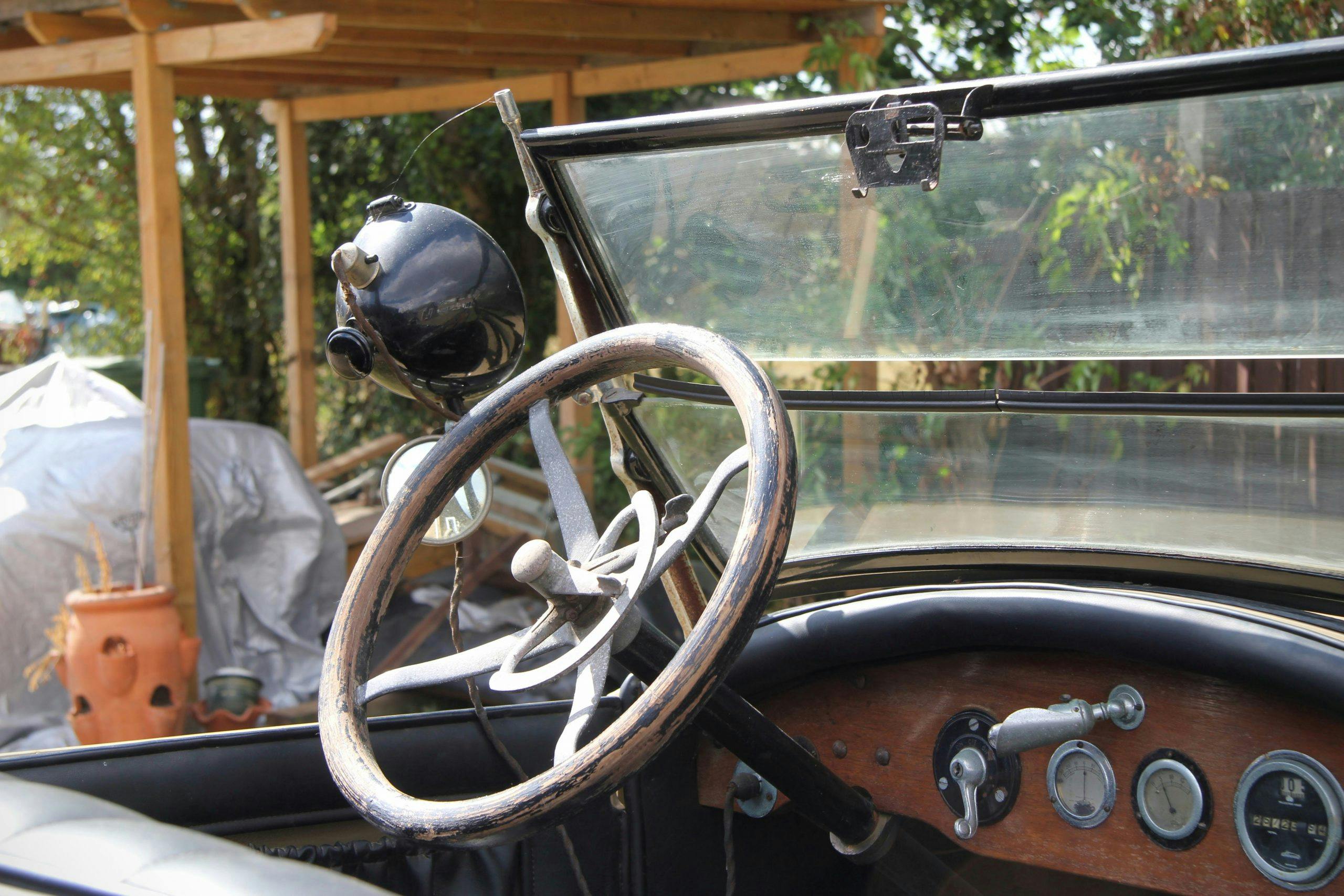


I would like one of these Rangers finished in “Hi-yo Silver”.
While your money goes “Away”.
Pretty interesting fraud here.
Nothing in the article indicates there was any deliberate attempt at fraud. Some 60 examples of a unique vehicle were completed with production believed to have persevered during the bankruptcy? Seems sincere to me.
I don’ think that Malcolm Bricklin or John Delorean se up manufacturing facilities with the inten to defraud people.
Looking at what happened to Preston Tucker I wouldn’t put him in that category either.
Please do more fact checking and you will have better articles.
My story never suggested that Bricklin or Delorean were set up as frauds. I only used them as examples of how difficult it is to establish a new carmaker. T
My story never suggested that Bricklin or Delorean were set up as frauds. I only used them as examples of how difficult it is to establish a new carmaker.
The article isn’t clear, but how do we know that the Big-3 didn’t force him into bankruptcy and shut him down just like they did to Tucker???……….
A nice history lesson. I agree with DantheMan and Jim Kosc on those three. They were serious car manufacturers
Great tale. Surprised to see comments quibbling about fraud. That was the government’s charge not a look into the mind and/or intent of the company’s boss
Look up “Enterra” for a more recent fraudulent endeavour. Built with the full support of Pontiac and sold through GM dealers, based on a Fiero. Built around 35 cars, of which six or seven are known to exist.
I have number 35.
I like this, but my sweetie tells me I have a soft head- er, heart- when lonely projects that no one seems to care about pop up. It is a legitimate piece of automotive history, and worthy of a complete period correct restoration. But I’m not allowed to sell our house for this kind of project. I suspect that the only reason I can sleep indoors and have food is her intervention in my Dreamworld of rescued projects. Curse that female common sense!
Hudson Motor Car (Detroit) built large vehicles and the lower grade Essex in the Model A range. In 1929 Hudson-Essex was # 3 in sales behind Chevrolet and Ford. Hudson also built the commercial Dover truck for the Postal Service.
I really enjoy all the history of the automobile you bring to us car guys. I do enjoy all cars having owned many different models. My favorite was a 1994 trans am 25th anniversary convertible. I sold it for a good some of money and bought a 2011 corvette Grand Sport Convertible that I still own with 29k on the clock. It has been a fun car with little maintenance. I am undecided as to trade for a c8 or keep it as a classic. It is starting to increase in value. Should I sell or sit back and watch it build value?
I have owned many different cars. I have sold some cars I have regretted to selling. Sold a 1981 Zimmer Golden Spirit with only 40 k on the clock l, sold a Trans Am 25th anniversary convertible only 250 were made. I now pun a 2011 Corvette Grand Sport convertible in show condition wondering if I should sell it now that it’s increasing in value or just hold for a few more years. Your thoughts please.
With all due respect, this is a somewhat shabbily written article. The reader is lured by the prospect of some meaty revelation owing to a major scam, but in fact no such factual information is provided. We learn only that that 60 cars were built. We are told repeatedly that it was a scam. If so, what was the true nature of the scam? Was there a trial? Were the referenced indictments upheld? What was the outcome? Beyond that, cool car, and a familiar story of the era, when car companies came and went with the wind.